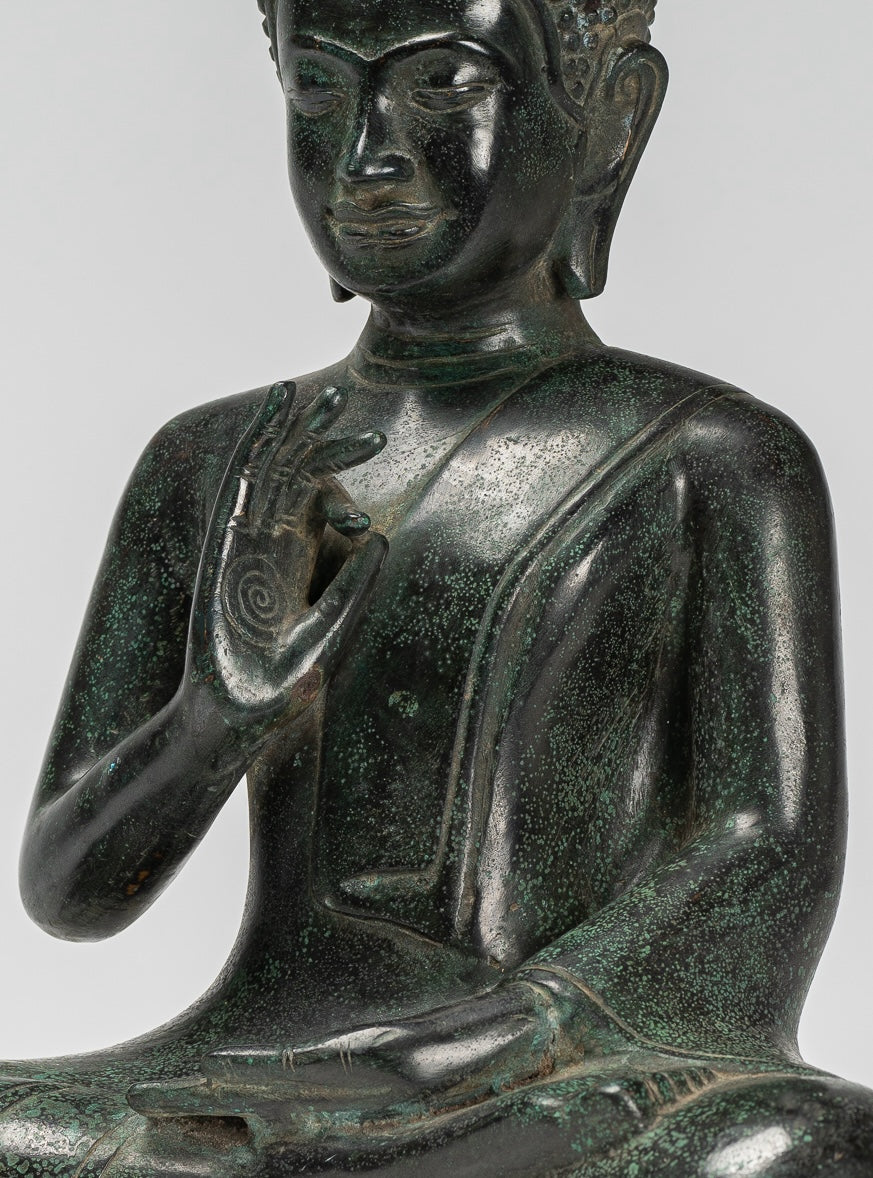
The Noble Path: A Comprehensive Guide on Practicing Buddhism
Introduction
Practicing Buddhism is not just a set of rituals; it's a transformative journey that encompasses the mind, body, and spirit. Rooted in the teachings of Siddhartha Gautama, the Buddha, Buddhism provides a comprehensive framework for living a life of mindfulness, compassion, and wisdom. In this in-depth blog post, we explore the practical aspects of how one can embark on the noble path of Buddhism, incorporating its teachings into daily life.
1. Understanding the Four Noble Truths
The foundation of Buddhist practice lies in understanding the Four Noble Truths, which form the bedrock of the Buddha's enlightenment. Recognizing the truth of suffering (Dukkha), understanding its causes (Samudaya), realizing its cessation (Nirodha), and walking the path to the end of suffering (Magga) through the Eightfold Path are the cornerstones of Buddhist practice.
2. Embarking on the Eightfold Path
The Eightfold Path serves as a practical guide for ethical and mental development. It involves:
- Right View: Cultivating an understanding of the nature of reality and the Four Noble Truths.
- Right Intention: Nurturing wholesome and compassionate intentions.
- Right Speech: Engaging in truthful, kind, and harmonious communication.
- Right Action: Conducting oneself with ethical integrity and compassion.
- Right Livelihood: Choosing a livelihood aligned with ethical principles.
- Right Effort: Cultivating diligence and perseverance in the pursuit of spiritual goals.
- Right Mindfulness: Developing awareness and presence in every moment.
- Right Concentration: Cultivating focused and concentrated mental states through meditation.
Practitioners embark on the Eightfold Path not as a checklist but as a holistic and integrated approach to life.
3. Establishing a Meditation Practice
Meditation is a cornerstone of Buddhist practice, offering a transformative tool for cultivating mindfulness and concentration. Various meditation techniques, such as mindfulness meditation (Vipassana), loving-kindness meditation (Metta), and breath awareness, provide a pathway to inner peace and self-discovery. Starting with short sessions and gradually extending the duration can help establish a consistent meditation practice.
4. Cultivating Mindfulness in Daily Life
Mindfulness is not confined to meditation sessions; it extends to every facet of daily life. Practitioners are encouraged to bring mindful awareness to daily activities, whether it's eating, walking, or interacting with others. Mindfulness involves being fully present in the current moment, free from distraction and judgment.
5. Practicing Ethical Conduct
The Five Precepts serve as guidelines for ethical conduct in Buddhism:
- Refraining from harming living beings.
- Avoiding stealing.
- Abstaining from sexual misconduct.
- Engaging in truthful, kind, and harmonious speech.
- Abstaining from intoxication.
Practicing ethical conduct is a crucial aspect of the Buddhist path, contributing to the purification of karma and creating conditions conducive to spiritual growth.
6. Developing Compassion and Loving-Kindness
Cultivating compassion (Karuna) and loving-kindness (Metta) are integral to Buddhist practice. Practitioners extend benevolence not only to themselves but to all sentient beings. Engaging in practices that foster compassion, such as the Metta meditation, helps develop a compassionate heart.
7. Engaging with the Sangha
The Sangha, or spiritual community, plays a vital role in Buddhist practice. Joining a local Buddhist community or participating in online forums provides support, guidance, and a sense of belonging. The exchange of ideas, shared experiences, and collective practice contribute to the overall growth of the practitioner.
8. Contemplating Impermanence and No-Self
Regular contemplation of impermanence (Anicca) and no-self (Anatta) deepens one's understanding of the nature of reality. Recognizing the impermanence of all phenomena and dismantling the illusion of a fixed self are transformative aspects of Buddhist practice.
9. Engaging in Rituals and Ceremonies
While not central to all Buddhist traditions, engaging in rituals and ceremonies can be a meaningful aspect of practice. This may include attending temple ceremonies, observing a personal sculpture of Buddha, participating in rituals at home, or celebrating special occasions in the Buddhist calendar.
10. Seeking Guidance from Teachers:
Having a qualified teacher or mentor can greatly enhance one's Buddhist practice. Teachers provide guidance on meditation techniques, offer insights into the teachings, and provide personalized advice on overcoming challenges on the path.
Conclusion
Practicing Buddhism is a dynamic and multifaceted journey, encompassing meditation, ethical conduct, mindfulness, and the cultivation of wisdom and compassion. It is not a rigid set of rules but an adaptable and transformative way of life.
By understanding the Four Noble Truths, walking the Eightfold Path, and incorporating the teachings into daily life, practitioners can navigate the complexities of existence and cultivate a deep sense of inner peace and well-being.
The practice of Buddhism is an ongoing exploration, an invitation to delve into the depths of the mind and heart, and a transformative journey toward awakening.


































